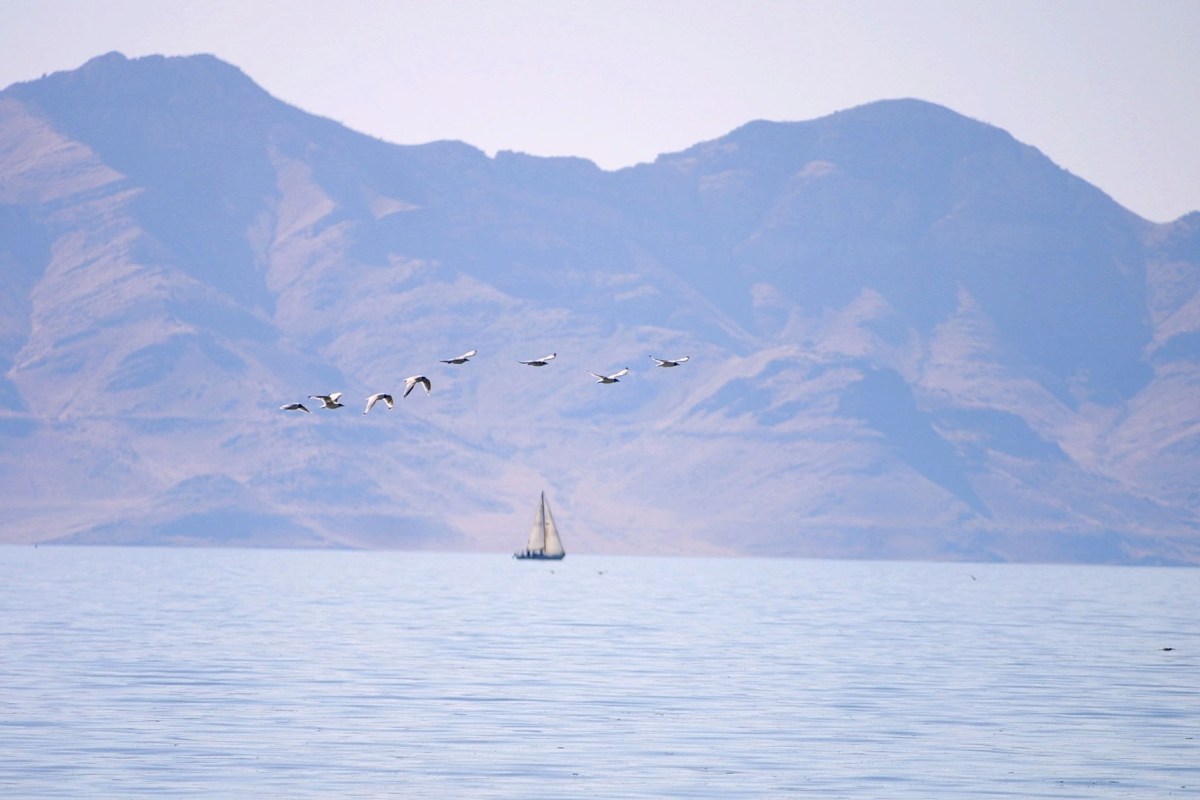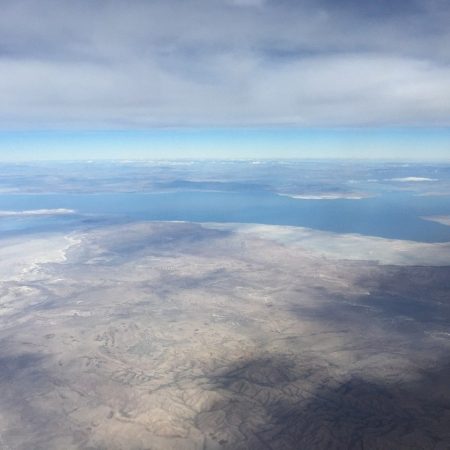For anyone seeking an example of what climate change at its most surreal can look like, consider the case of the Great Salt Lake. Last year, the saltwater lake in question had alarmingly low levels of water, with the levels in question exceeding the previous record low. Or, as Joel Ferry, the Executive Director of Utah’s Department of Natural Resources, said in a statement last year, “This is not the type of record we like to break.”
The situation on the ground is very different now. As The Washington Post reports, record snowfall in Utah has led to the lake looking much less endangered. That’s the good news — but many of the experts the Post spoke remained concerned about the lake’s future. Why? Because at this point, even a replenished Great Salt Lake has water levels that are far below what they should be.
Just how far, you might ask? Ben Abbott, an ecologist at Brigham Young University, told the Post that the lake’s water levels remained six feet below the minimum level for its continued ecological health.
Record Snowfall Extends Ski Season in California and Colorado
There’s still time to hit the slopes this yearThe extensive snowfall in the western United States has benefited scientists worried about the Great Salt Lake and other threatened bodies — but it has the feeling of a temporary reprieve rather than a permanent solution. To look at the National Integrated Drought Information System’s data on Utah is to see a state still struggling with drought. As of this writing, 90% of the state is listed as being in “Abnormally Dry” conditions, with over 40% also meeting the criteria for “Moderate Drought.” The effects of climate change will take more than a season to remedy.
Thanks for reading InsideHook. Sign up for our daily newsletter and be in the know.


















